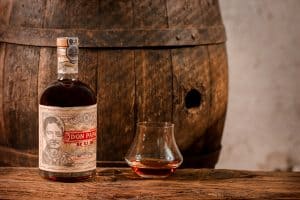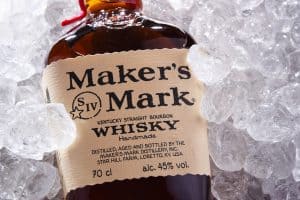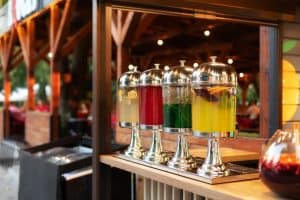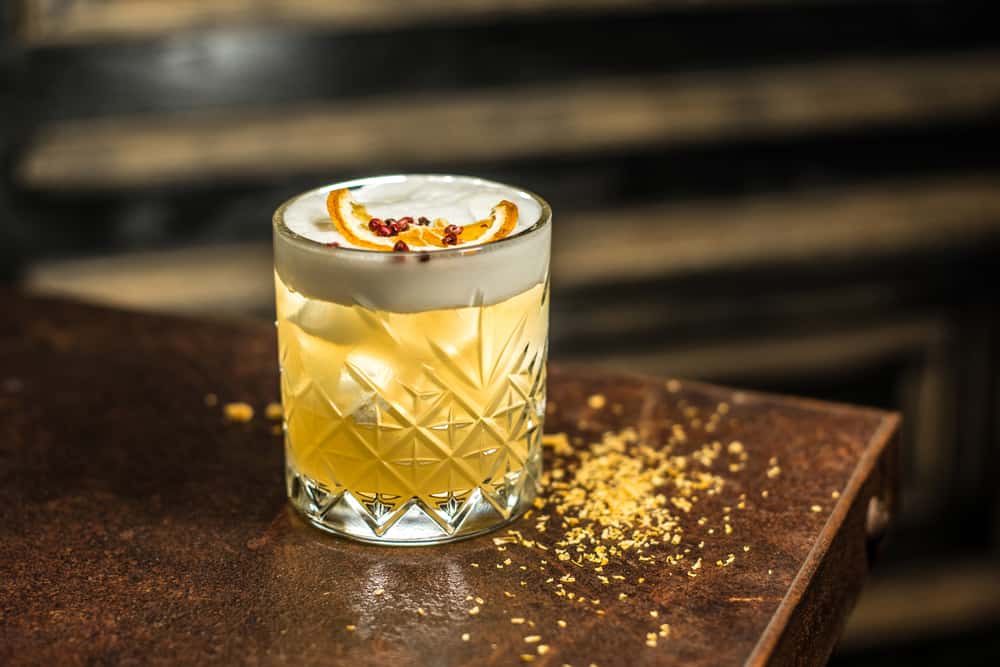
At its core, a Whiskey Sour is what bartenders refer to as the holy trinity of cocktail ingredients: a sour element, a sweet element, and an alcohol element.
You may wonder, what gives a Whiskey Sour its sourness?
Limes and lemons. Although this is an easy answer, there are alternatives such as sour or bitter oranges. However, some people may have a citrus allergy, and then we can turn to science to produce alternative sourness with citric and malic acid.
We’ll briefly examine how sailors created the first Whiskey Sour. Then, we’ll check on our sour agents—limes, lemons, oranges, pineapple, and grapefruit.
A Brief History Lesson

The Whiskey Sour unofficially begins with sailors taking large amounts of lemons, limes, and oranges to combat scurvy on their voyages and, of course, whiskey to quench their thirst.
Fresh water was hard to come by and transport without spoiling on their long voyages. Combining the two was a perfect match—they could consume the sour lemons without too much trouble and drink their whiskey too.
There are three historical reference points:
- Eventually, this combination made it to the shores of America. Jerry Thomas took it in his seminal 1862 book The Bartender’s Guide: How to Mix Drinks.
- An 1870 edition of the Waukesha Plainsdealer, a Wisconsin newspaper, also had a recipe for a drink made from whiskey and citrus.
- Elliot Staub, a former ship steward, “invented” a drink in 1872 at a bar in Iquique, which was then part of Peru, today part of Chile.
The foundations were already in place for our modern Whiskey Sour cocktail—all because sailors found an inventive way of combating scurvy and having a good time while taking their “medicine”. And we’re eternally grateful too!
What Gives Sourness to a Whiskey Sour?
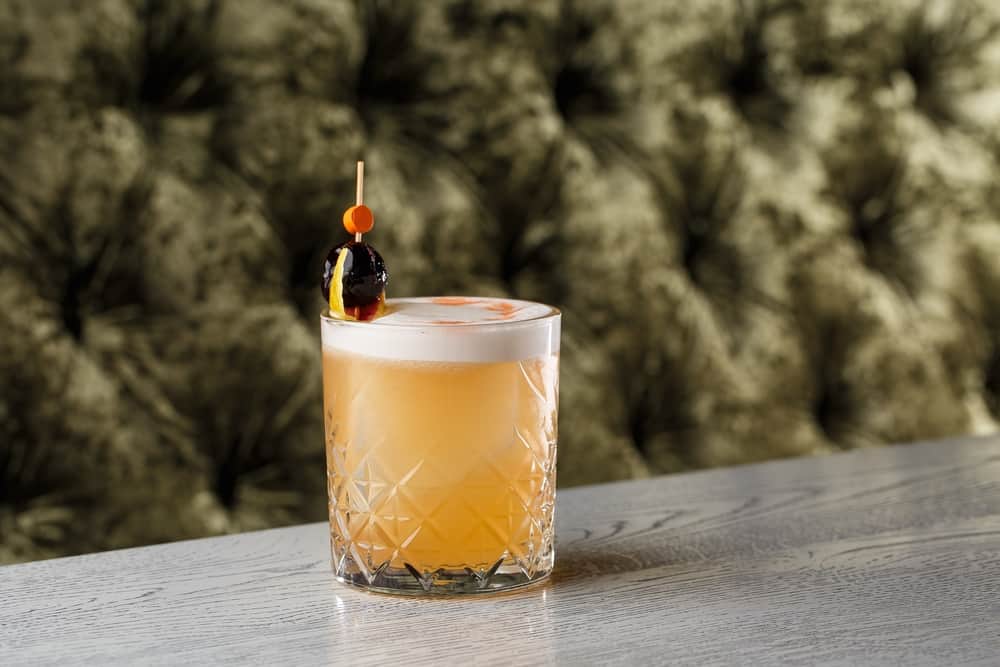
The short answer: the citrus you are using. It can be limes, oranges, or lemons. Each has its unique character, which we’ll explore below.
The acidic “freshness” and “bite” in limes and lemons are due to their relatively low pH of 2 and 2.8. Another alternative ingredient is citric acid (and malic acid) to achieve sourness.
Limes
The Key Lime is the most commonly used in American cooking. It is also commonly used for freshly squeezed lime juice in cocktails such as the Whiskey Sour.
If you are lucky to come across Kuffre Limes (also known as Kaffir Lime), grab them, and rush home.
You are in for a treat because all the parts are highly aromatic, and the juice will be an excellent sour addition to your cocktails. The typical pH level of lime juice is between 2 and 2.8.
Lemons
We are all familiar with lemons and their sour taste. The humble lemon usually outshines all other citruses for its appealing color, smell, and taste.
Freshly squeezed lemon juice is a welcome addition to a Whiskey Sour. Lemon juice, like limes, has a pH level between 2 and 2.8.
Oranges
Sour oranges are also called bitter oranges. These guys have both a sour and bitter taste, a truly unique ingredient for your next Whiskey Sour.
The juice contains the sour element, and the rind contributes bitterness. Look to learn more about these amazing oranges and the different types. These oranges are also used to produce liqueurs such as Grand Marnier, curaçao, and Cointreau.
Orange juice, on average, has a pH level between 3.3 and 4.2.
Citric Acid and Malic Acid
Some people may suffer from citrus allergies which can cause unpleasant symptoms and sometimes even have severe effects.
Now, what are they to do about enjoying a Whiskey Sour or Key Lime Pie with friends and family?
The answer is simple: turn to science and use citric acid and malic acid as citrus and acidity replacements. Both are fine crystals or powders, which makes dissolving them quick and easy.
First, for those who may have citrus allergies, pineapple juice (pH 3.2–4) can be “acidified” to reach the level of lemons or limes by following the following conversions for one liter of pineapple juice:
| To achieve | Add |
|---|---|
| Lemon acidity | 52 grams (1.8 oz) of citric acid |
| Lime acidity | 32 grams (1.3 oz) citric acid and 20 grams (0.7 oz) malic acid |
You can also adjust orange or grapefruit juice by following the following conversions, summarized from here:
| To achieve | Use | Add |
|---|---|---|
| Lemon acidity | Orange juice | 52 grams (1.8 oz) of citric acid |
| Lime acidity | Grapefruit juice | 40 grams (1.4 oz) of citric acid |
| Lemon acidity | Orange juice | 32 grams (1.1 oz) citric acid and 20 grams (0.7 oz) malic acid |
| Lime acidity | Grapefruit juice | 27 grams (0.95 oz) citric acid and 13 grams (0.5 oz) malic acid |
To be safe, always use a digital scale when you measure dry goods.
Going over or under the suggestions listed above, you might not produce the desired level of sourness. This could lead to an unbalanced cocktail, which would not taste great.
Conclusion
There you have it—lemons and limes are the key ingredients that give a Whiskey Sour its distinctive sourness.
You can, of course, adjust pineapple, orange, or grapefruit juice to reach the desired acidity level and mix up a cocktail.



